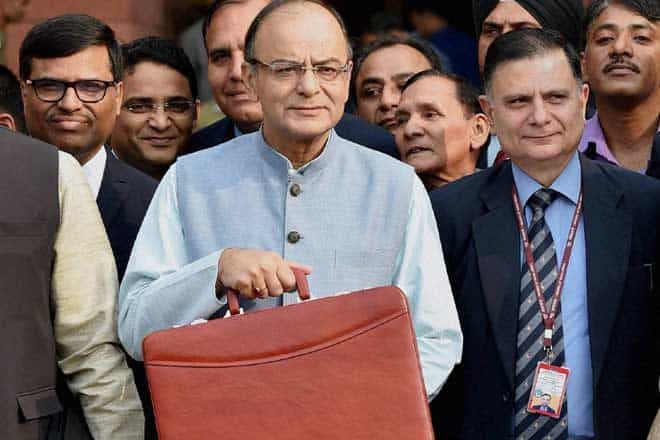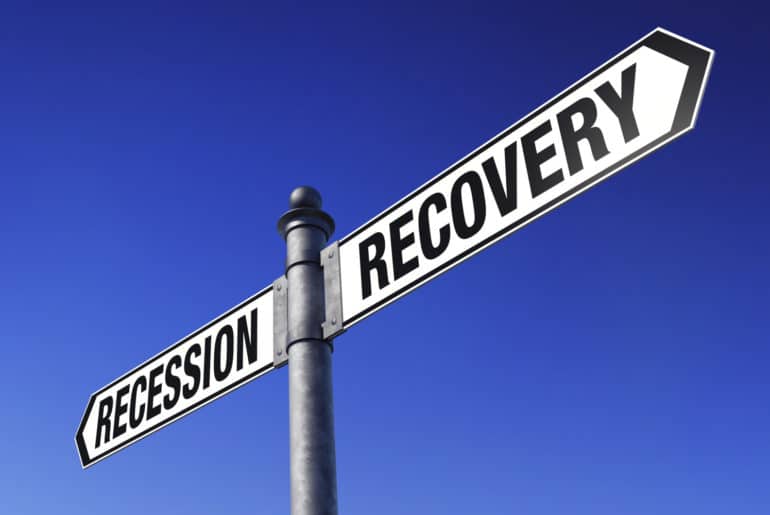The Union Budget for this fiscal year was announced on 1st February 2018. Here is a look at all the aspects concerning the student varsity of India.
Economists and critics have had their opinions about the National Democratic Alliance (NDA) government’s last budget before the 2019 elections. Let us look at how education fared in Arun Jaitley’s last budget which mainly focuses on the agricultural sector.
1 lakh Crore will be invested in RISE (Revitalisating of Infrastructure and System of Education) till 2022 aiming to improve the state of quality education and infrastructure of such institutions. Similarly, Eklavya schools will be opened in areas of more than 50% tribal citizens. The real question is whether this money will be fully utilized in these missions or will the future generation of India still grapple with low standards of education in its government schools. According to studies, the quality of education in the already established government schools is abysmal and students often drop out.
18 autonomous Schools of Planning and Architecture will be made in Indian Institute of Technology (IIT) and National Institute of Technology (NIT) across the country. In the latest Prime Minister Fellows Scheme, 1000 B.Tech students of premier institutions will be selected to pursue their PhDs from IITs and IISs. They would be provided with handsome fellowships and be expected to teach in high schools for a couple of hours every week. This scheme would help scholars having limited means improve their job and future prospects. A Railway University will also be set up at Vadodara, Gujarat.
12.56 Crore rupees have been allocated for scholarships for students with disability. Government teacher training will also be provided to improve the quality of education in government. schools. The focus and benefits for startups are likely to create more jobs in the economy.
The government’s decision to reduce Employees’ Provident Fund from 12% to 8% is not an intelligent move as it decreases the employee’s retirement money as well as interest that could have been earned. No focus has been paid to construction of more medical colleges and availability of easy student loans.
The budget is not inclusive of all students and does not benefit them equally. The students’ votes would depend on how well the government performed during these past four years overall and how well it helped boost our economy. The economy is a vital tool in the functioning of any country, considering the fact that approximately 50% of the population is below the age of 25, the economy must cater to students due to abundance in numbers.
Feature Image Credits: The Financial Express
Prachi Mehra


